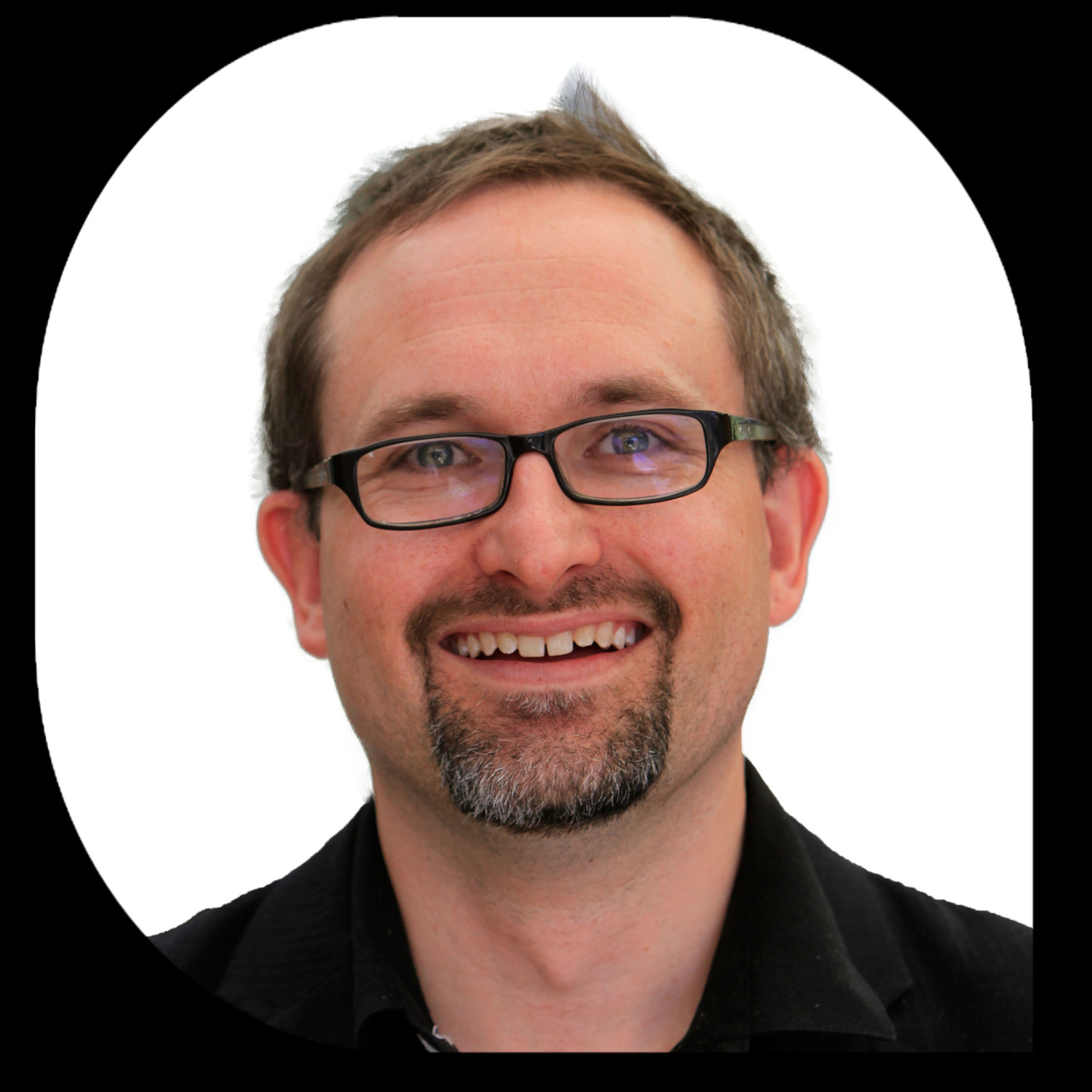Launch of Minecraft @ NBCS
Launch of Minecraft @ NBCS
***************************
Quick announcement first: I am presenting on 'technology as a game changer' at the ES4A conference on Wednesday June 29 at 12.40pm (Sydney time, GMT + 10). I will publish my notes right here, and hopefully a live video stream. So, check back here at that time if you want to tune in live!
***************************
Virtual 3D worlds continue to fascinate me as with their potential for immersive, collaborative, community-of-practice learning processes.
It's not that I think every school needs a virtual world. It's just that time and time again, as I have observed students in virtual 3D environment, I have gained insight into the nature and dynamics of collaborative learning. See my previous posts, or www.youtube.com/lestep for our previous projects.
My colleague Andrew Thompson approached me a few weeks ago with a proposal that we launch a 'Minecraft' virtual 3D world for the students. I didn't even know what Minecraft was.
In very brief: the Minecraft environment allows participants to 'mine' materials from the natural world, from sand to diamond, from wool off roaming sheep to wood from trees, then craft these materials to create buildings, equipment and other structures. An element of danger in this giant-sandbox is added with monsters, which are optional, which come out at night and can destroy the virtual infrastructure unless savvy defences are left by the inspired builders.
So, we met and came up with a plan to get it going, advertised to the students, set up a behaviour charter, recruited just two or three student leaders, and just last Tuesday, 5 days ago, hit the 'launch' button.
YIKES! A lot can happen in a few days. On day 1, only one student realised the world was open, and set about creating a big school sign at the top of a tower. By day 2, 10 to 15 students had constructed a village, and by Thursday evening there was a thriving city!
I took some brief footage each day when I logged in. Have a look:
The most recent news, today, day 5, is that some students have banded together and intend on creating a replica of our school grounds within the world!
Yesterday, another student showed me this:
Believe it or not, it is a simulation of a CPU. Each block is in fact a binary 'gate' of the sort: AND, OR, NOT, XOR, etc... this is the sort of transistor junction that allows computer processors to perform arithmetic. The simulation, above, adds two binary digits together.
What's the point of all this? Well, it yields insight into how people, adults and children alike, learn:
- we learn from each other in a community of practice.
- we take joy in achieving new breakthroughs and passing around the new skill to others.
- we collaborate spontaneously in ad hoc groups as inspiration strikes.
- we learn by experimentation, fueled by an authentic and therefore unstoppable desire to understand, to achieve a sense of agency in the new environment.
Only a few minutes ago, while I was in-world, a student shouted out that they had discovered a large mine underneath the ground. 'We should create a public teleport to it', he said. Another student created the teleport function and posted it prominently in the town-square. Meanwhile the first student went about equipping the mine with flaming lights and a ladder so that people could get around in the dark.
This is a Year 8 boy. His first thought was to use his discovery to assist the rest of the community.
And it happened just now, Sunday afternoon.
But it isn't homework that sees the students earnestly exploring, building, upskilling.
We could improve so much if we got rid of 'school' altogether, and built new learning villages founded on authentic learning principles. Viva the Learning Village, and down with skool!

